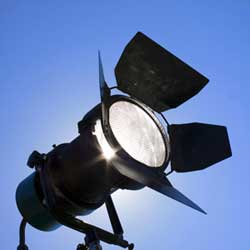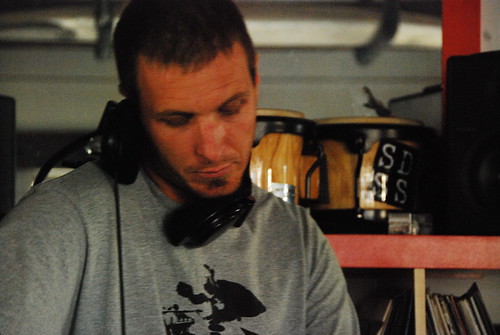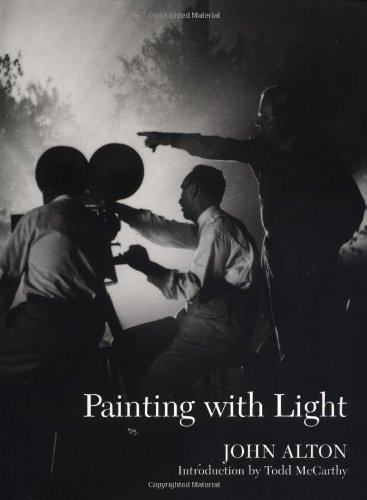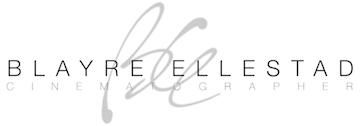Cinematographers and photographers often are caught in the technological chase for the ultimate piece of gear. A camera with a sensor so powerful, so sensitive and full of dynamic range. It’s overwhelmingly exciting to get your hands on the latest technological achievement, and it most certainly gives you a boost of confidence. Still, after all the investments into the digital future, often shooters find themselves without that incredible image they’ve so often seen in works from industry leaders. “I have the same camera, but his images are so much better! It must be his settings…”

Settings do play an important role in optimizing your camera’s effectiveness, but you can only push the technology so far. What these shooters are failing to understand, is how well understood the necessity of proper lighting is by the industry leaders. It’s with beautiful lighting that you’ll find a beautiful image. Behind every glamorous Chanel perfume commercial is an even more glamorous Director of Photography, utilizing a very sexy lighting set-up. I speak from experience, having absorbed many dollars into the DSLR rave and finally purchasing a 1D Mark IV, believing I could shoot a movie by moonlight (as said by Vincent Laforet). I wont deny the awesome power of the MK IV, as my low light shooting abilities drastically increased. But on the other side, my affair with lighting was undergoing a temporary separation. There’s simply NO comparing a high ISO to a well lit low ISO photo/video. The later simply BLOWS it out of the water, every time.

The top picture is bad lighting, high ISO… while the lower picture (by Drew Ressler) is a lower ISO with good lighting. Not really the best photo examples but I’m not going to reach to far on this one. Just make sure you understand that the higher your ISO is, the more grain your image will show. And some cameras show really UGLY grain! If you, as a photographer or cinematographer, can devote some serious learning time into the art of lighting, your professional life will drastically improve. Every time you’ve seen a beautiful shot, it’s good lighting/good understanding of the scenarios available light. What separates the good from the great is knowing how your camera will process the light presented to it.
There are many examples of well shot low-light pieces using only available light and very modern sensitive cameras, like this piece by Philip bloom:
But look at how ridiculously gorgeous a scene can look with extremely well engineered lighting, and Vincent Laforet directing (not comparing Phil and Vince, as I love them both):
A great read for anyone looking for good lighting fundamentals, developed, mastered and elaborated upon by hollywood legend John Alton, is Painting With Light.

In closing, I’d like to leave you with one thought. There are many factors in achieving the beautiful image you’re after. Shutter, exposure, camera, ISO, focus, motion, subject, location, lighting, etc. Becoming a master of one of these areas will get you closer to that perfect image, but you really must well-round your technique and develop every area to really become that cinema lengend you’re striving to be. And it’s not out of reach, just get out there, practice and learn.
B.

 Elle & Be . Boutique Wedding Cinematography
Elle & Be . Boutique Wedding Cinematography
Recent Comments